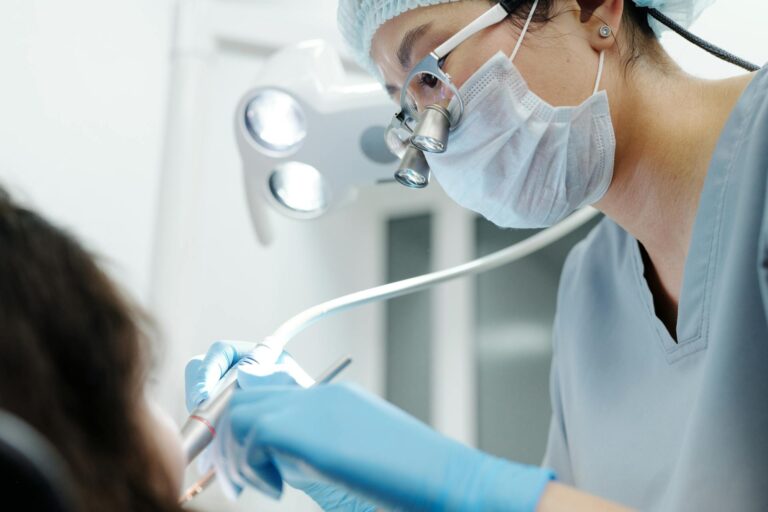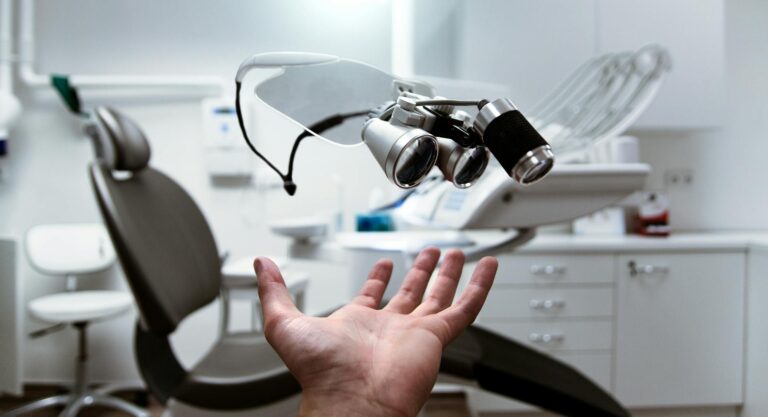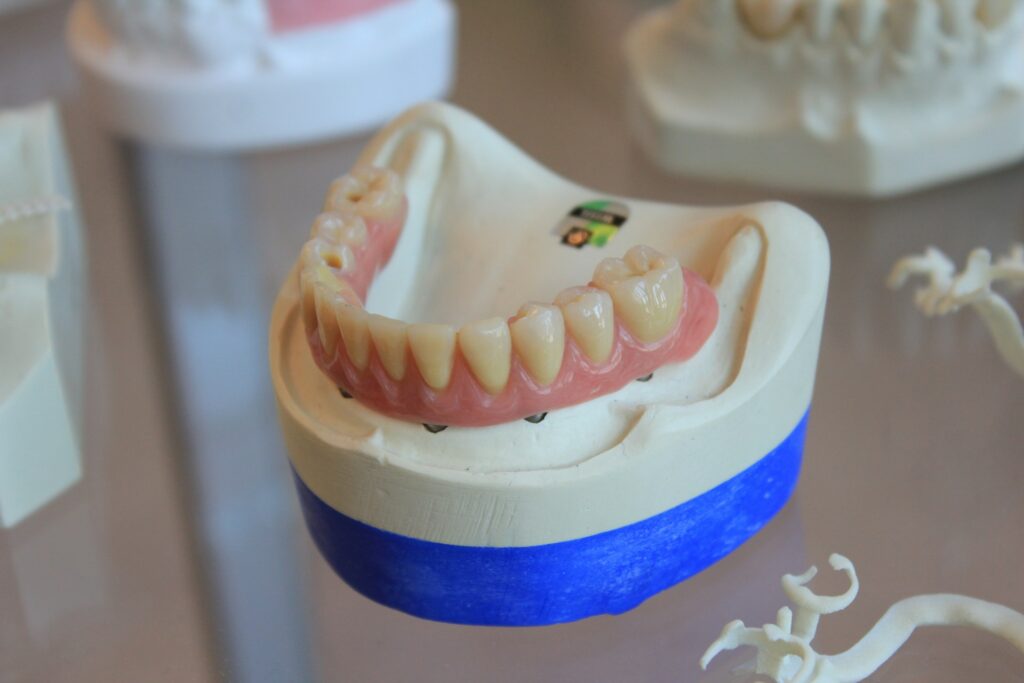
Navigating the world of dental implants can indeed be quite overwhelming, particularly when it comes to deciding between single and full-arch options. Each type presents its own set of advantages, catering to various dental needs and personal preferences.
This article aims to explore the key differences and benefits of single vs full-arch dental implants, to help you determine which solution best aligns with your oral health goals. Furthermore, it offers guidance on the implant process and essential care tips for after the procedure. Take some time to delve into this information and discover the best path toward achieving a confident smile.
What Are Single vs. Full-Arch Dental Implants?
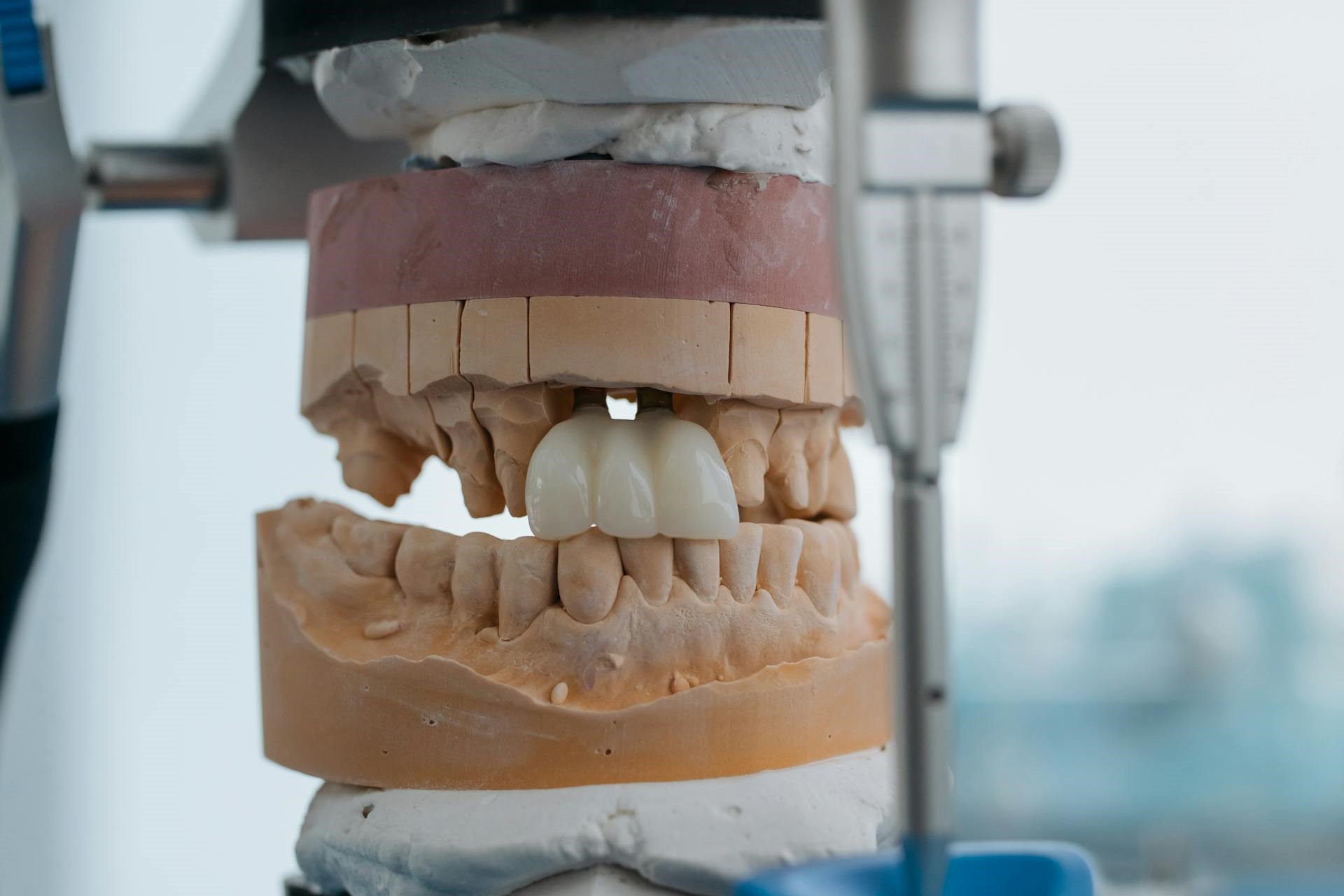
When considering tooth replacement options, it is essential to understand the differences between single dental implants and full-arch dental implants. Each type of implant serves distinct purposes and offers a range of benefits that can greatly influence one’s oral health and overall quality of life.
Whether you are missing a single tooth or in need of a complete smile makeover, being aware of these distinctions can assist you in making an informed choice that aligns with your specific needs.
The decision often hinges on various factors, including jawbone density, patient eligibility, and the aesthetic outcomes you wish to achieve.
What is the Difference Between Single and Full-Arch Dental Implants?
The key distinction between single dental implants and full-arch dental implants primarily revolves around the number of teeth being replaced and the specific dental procedures involved for each type. Single dental implants are intended to replace a single missing tooth, while full-arch dental implants focus on securing an entire arch of prosthetic teeth using fewer implants, which ultimately enhances aesthetic results.
Each option offers unique advantages tailored to individual needs, such as improved chewing function and overall oral health.
In the case of single implants, a single titanium implant post is typically placed into the jawbone, creating a solid foundation for a crown that closely resembles a natural tooth.
On the other hand, full-arch implants generally utilise four to six strategically positioned titanium posts to support a complete bridge of prosthetic teeth. The materials selected for these implants, primarily titanium due to its biocompatibility, facilitate effective integration with the bone.
Patients contemplating these options should carefully consider the benefits of reduced bone grafting requirements in full-arch systems, while also taking into account the potentially higher costs and longer recovery period associated with more extensive procedures.
What Are the Benefits of Single Dental Implants?
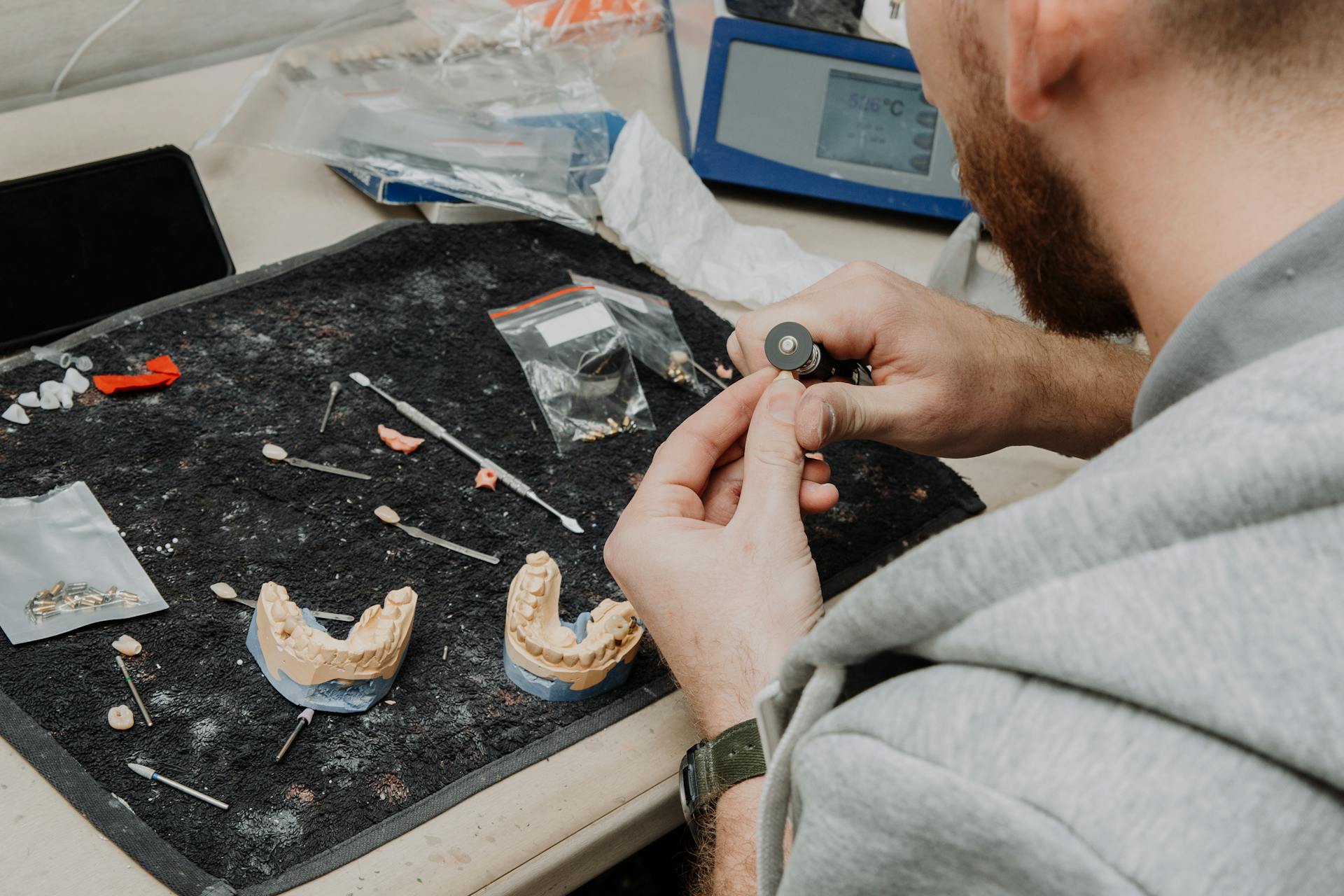
Single dental implants provide a range of benefits that make them a highly effective option for individuals seeking dental restoration. These advantages go beyond just functional improvements, such as enhanced chewing ability and better speech; they also include the positive psychological effects of restoring a natural smile.
Compared to full-arch alternatives, single implants are less invasive, which leads to a more comfortable experience during the dental procedure. Additionally, they simplify long-term maintenance and dental hygiene practices, making them a practical choice for patients.
1. More Affordable Option
One of the most notable benefits of single dental implants is their affordability in comparison to full-arch alternatives. While costs can vary based on the materials used and the specific dental clinic, many patients find that single implants offer a more budget-friendly solution for tooth replacement, especially when considering applicable dental insurance coverage.
In examining the broader financial aspects, single dental implants generally range from £3,000 to £4,500. In stark contrast, full-arch implants can exceed £30,000. This significant price difference makes single implants a more accessible choice for individuals prioritising their dental health while avoiding financial strain.
Additionally, some dental insurance plans may provide partial coverage for the costs associated with single implants, which can greatly reduce the out-of-pocket expenses. For more comprehensive care, patients should also explore financing options, such as payment plans or dental credit lines, which can further ease financial stress while ensuring they receive the necessary treatments without delay.
2. Less Invasive Procedure
The process of placing a single dental implant is generally less invasive than that of full-arch implants, which significantly enhances patient comfort.
Since fewer implants need to be placed, patients often experience less discomfort during the procedure, leading to a smoother recovery period, particularly when considering the various anaesthesia options available.
Moreover, modern surgical techniques for single dental implant placement frequently utilise guided implant surgery. This approach allows for precise planning and execution, minimising the need for extensive incisions. As a result, there is reduced trauma to the surrounding tissues, which in turn lessens post-operative pain.
Additionally, the use of sedation dentistry ensures that patients remain relaxed throughout the procedure, enabling them to undergo the treatment with minimal anxiety. By prioritising these less invasive methods, dental professionals can optimise patient outcomes and enhance overall satisfaction with the treatment experience.
3. Faster Recovery Time
One of the attractive features of single dental implants is the faster recovery time associated with their placement. Patients frequently report a quicker healing process when compared to more extensive procedures like full-arch implants, allowing them to return to their normal activities sooner and enjoy their restored smiles without extended downtime.
Several factors contribute to this accelerated healing, including the less invasive nature of the implant procedure and the minimal trauma inflicted on the surrounding tissues. Individual patient characteristics, such as age, overall health, and adherence to post-operative care guidelines, also play significant roles in shaping recovery expectations.
For example, younger patients often exhibit a more robust healing response, while effective post-operative care—such as following prescribed dietary restrictions and maintaining good oral hygiene—can greatly enhance the healing process.
Ultimately, this streamlined recovery period makes single dental implants a practical choice for many individuals seeking a swift return to their daily lives.
4. Easier Maintenance
Maintaining single dental implants is generally more straightforward than caring for full-arch options, making them a practical choice for many patients. By incorporating regular dental hygiene practices into their daily routines, individuals can significantly contribute to the long-term success of the implants and promote optimal oral health.
To uphold the integrity of these dental solutions, it is essential to practise good oral hygiene, which includes:
- Brushing at least twice a day
- Flossing daily, especially around the area surrounding the implant
- Using an antibacterial mouthwash to control plaque build-up
Furthermore, it is advisable to schedule professional cleanings every six months, as these visits help assess the condition of both the implant and the surrounding tissues.
Dentists can provide personalised advice tailored to specific care needs. Ultimately, with consistent maintenance and a strong focus on dental hygiene, individuals can enjoy the benefits of their implants for many years, enhancing both their function and aesthetics.
What Are the Benefits of Full-Arch Dental Implants?

Full-arch dental implants offer a comprehensive solution for individuals experiencing significant tooth loss, presenting numerous benefits that improve both functionality and aesthetics.
These implants not only restore a complete smile, which boosts patient satisfaction and confidence, but they also serve an important purpose in bone preservation and maintaining jawbone density—factors that are crucial for long-term oral health.
By replacing several missing teeth with a stable and cohesive arch, patients can look forward to enhanced chewing function and an overall improved quality of life.
1. More Natural Look and Feel
Full-arch dental implants are designed to closely resemble the natural appearance and function of real teeth, offering patients a beautiful, functional smile that significantly enhances their aesthetic outcomes. This lifelike quality plays a crucial role in patient satisfaction, enabling individuals to regain their confidence and engage in social interactions without hesitation.
The remarkable realism of these implants is attributed not only to the advanced technology employed but also to the use of high-quality implant materials and custom abutments specifically tailored to match each patient’s unique anatomy. These customisations ensure that the final restoration aligns seamlessly with the contours of the gums and jaw, resulting in a natural appearance that closely mimics real teeth.
Beyond their aesthetic appeal, these implants also provide psychological benefits. They restore physical functionality while promoting emotional well-being, effectively alleviating the anxiety that often accompanies missing teeth. Consequently, individuals are able to fully enjoy life’s moments, free from the concerns that typically come with traditional dentures.
2. Better Stability and Function
One of the notable advantages of full-arch dental implants is the enhanced stability and chewing function they offer. By securing an entire arch of prosthetic teeth, patients can once again enjoy their favourite foods with confidence, knowing that their dental restoration will remain firmly in place.
This stability not only boosts confidence during meals but also significantly minimises the common issues associated with traditional dentures, such as slipping or discomfort.
The design of full-arch implants closely mimics natural teeth, which allows for improved bite force and a more efficient chewing experience. Consequently, individuals are better able to maintain a well-balanced diet, promoting better nutrition and overall health.
Additionally, these implants work together with the jawbone, supporting bone preservation and preventing the deterioration that often occurs after tooth loss. Therefore, choosing full-arch implants can greatly enhance both the functional and aesthetic aspects of oral health.
3. Prevents Bone Loss
Full-arch dental implants are essential for preventing bone loss, which is a common issue that arises from missing teeth. These implants work together with the jawbone and provide essential stimulation, helping to maintain jawbone density. This, in turn, supports overall oral health and stability in the facial structure over time.
This process of stimulation is known as osseointegration, where the titanium implants fuse with the bone, effectively serving as artificial tooth roots. When pressure is applied to the implants during activities such as chewing, it sends signals to the bone, prompting it to regenerate and maintain its density.
Preserving the integrity of the jawbone is crucial for avoiding the sunken appearance that often accompanies tooth loss, whilst also ensuring the longevity of the dental implants themselves.
Thus, full-arch implants offer not only aesthetic benefits but also play a significant role in fostering a healthier oral environment. This enables individuals to enjoy improved functionality and confidence for years to come.
4. Long-Term Solution
Full-arch dental implants serve as a long-term solution for complete tooth loss, offering durability and reliability that can last for many years with proper care. This impressive longevity is the result of advancements in dental technology and materials, which have led to high success rates and minimal complications over time.
Maintaining these implants is essential for their effectiveness. Regular check-ups and a thorough oral hygiene routine can help prevent potential issues. Clinical studies consistently demonstrate that individuals who follow preventive care protocols enjoy not only aesthetic benefits but also improved functionality, closely mimicking the natural feel of teeth.
By understanding and incorporating these practices into their daily lives, individuals can optimise their investment in full-arch dental implants and preserve their smiles for decades. This truly underscores the importance of a committed approach to dental health.
Which Type of Dental Implant Is Right for Me?
Selecting the appropriate type of dental implant—whether single or full-arch—depends on several factors, including individual dental needs, health history, and personal preferences.
It is essential for patients to evaluate their current oral health status, the number of missing teeth, and their aesthetic goals when discussing options with an oral surgeon. This consultation will assist in developing a personalised treatment plan that aligns with their specific circumstances.
What Factors Should I Consider When Choosing Between Single and Full-Arch Dental Implants?
When deciding between single dental implants and full-arch dental implants, it is important to consider several key factors, including patient eligibility, cost comparison, and lifestyle considerations. Understanding the financial implications, treatment duration, and individual health history can greatly assist in selecting the most suitable dental restoration option.
Additionally, evaluating jawbone density is crucial. If there is insufficient bone, procedures such as bone grafting may be necessary, which can increase both time and costs involved in the treatment.
Periodontal health is another significant aspect; if gum disease is present, it must be addressed before implant placement to ensure long-lasting results.
Patients should also reflect on their overall lifestyle, including oral hygiene practices and dietary preferences, as these can greatly impact the success rate of dental implants.
By balancing these various factors, individuals can make a more informed and satisfying decision in their dental restoration journey.
What Is the Process for Getting Dental Implants?
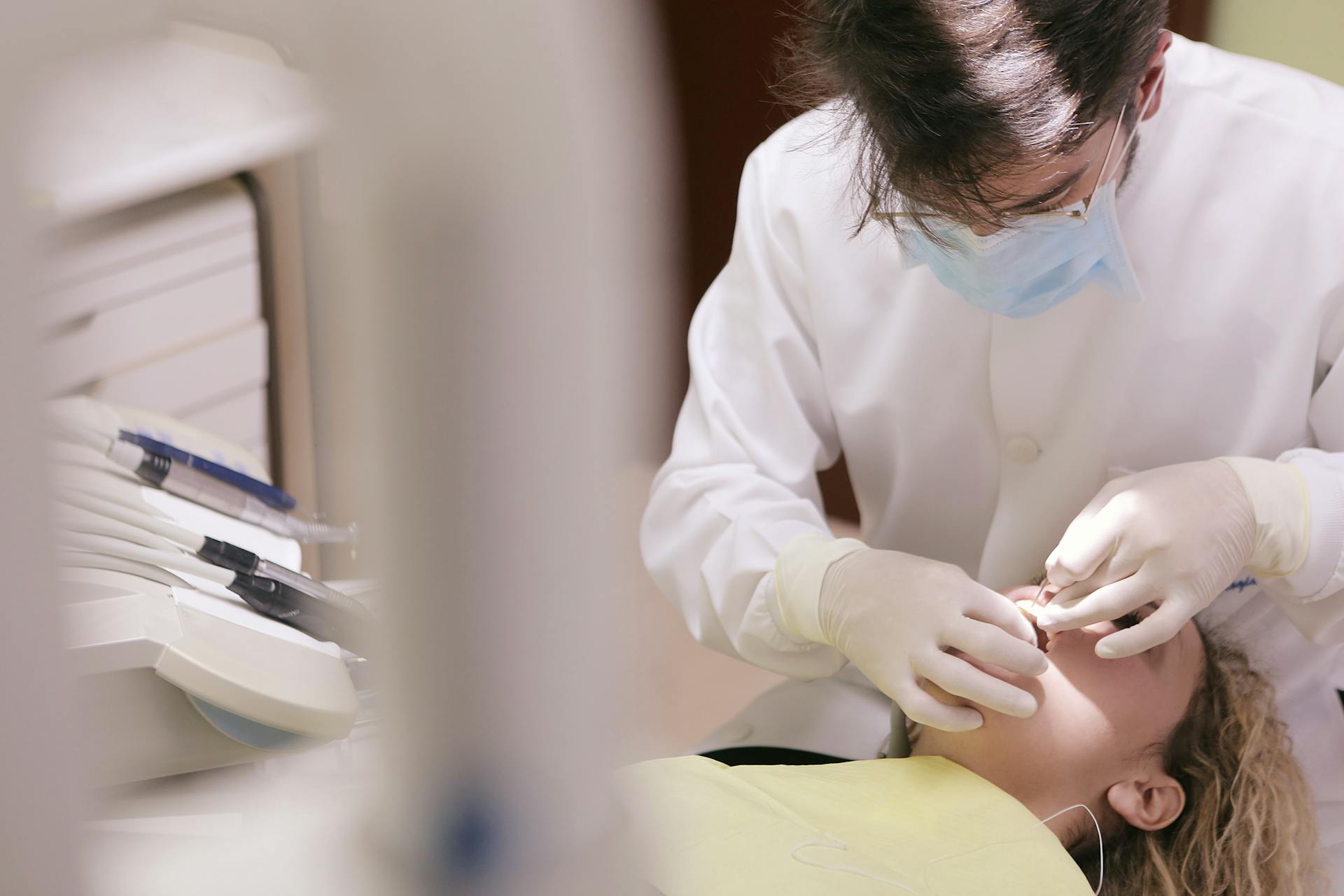
The process of obtaining dental implants generally includes several important steps, beginning with an initial consultation to assess the patient’s oral health and develop a tailored treatment plan.
This thorough approach guarantees that both single and full-arch dental implants are placed successfully, which contributes to optimal recovery times and overall implant success.
1. Consultation and Treatment Planning
The first step in the dental implant process is the consultation, where patients meet with an oral surgeon to explore their options and undergo a thorough evaluation. This critical phase provides an opportunity to develop a personalised treatment plan that aligns with the patient’s specific needs and preferences.
During this initial visit, the surgeon conducts various health assessments to gain an understanding of the patient’s medical history and any potential risk factors. Diagnostic imaging is also an essential component of this process. Techniques such as digital imaging offer detailed visualisations of the jawbone and surrounding structures, allowing for accurate measurements crucial for the proper placement of the implants.
These comprehensive assessments and advanced imaging techniques are vital for effective planning. They ensure that the chosen solution is both safe and effective, ultimately leading to a successful outcome for the patient.
2. Implant Placement Surgery
Implant placement surgery represents the next phase in the dental implant process, during which the oral surgeon meticulously secures the implant into the jawbone using precise surgical techniques. This important procedure is designed with patient comfort in mind, offering various anaesthesia options to ensure a smooth and pleasant experience.
To achieve the best possible outcomes, the surgeon may utilise local anaesthesia, sedation, or sometimes even general anaesthesia, depending on the complexity of the case and the patient’s levels of anxiety. Each choice of anaesthesia is crucial in alleviating discomfort, allowing the professional to concentrate on the detailed aspects of implant insertion, such as preparing the site and ensuring proper integration with the surrounding tissues.
This meticulous attention to surgical details not only promotes quicker healing but also enhances the overall success of the implant, enabling patients to return to their daily lives with renewed confidence and comfort.
3. Healing and Osseointegration
Following surgery, the healing phase plays a crucial role in the success of dental implants, during which osseointegration occurs—the process by which the implant fuses with the jawbone. This phase is vital for ensuring long-term stability of the implant and requires careful post-operative care to promote optimal recovery.
Several factors influence this healing journey, including the patient’s overall health, oral hygiene practices, and adherence to the dentist’s guidelines. Adequate nutrition is also essential, as it supports tissue repair and enhances recovery.
Regular follow-ups and maintenance during this period are important for monitoring the implant’s integration, allowing for any necessary adjustments to be made. By prioritising a healthy lifestyle and being proactive about dental care, individuals can significantly improve their chances of a successful osseointegration process.
4. Placement of Abutment and Prosthesis
The final step in the dental implant process involves placing the abutment and prosthesis, which together complete the dental restoration. This important phase not only enhances the aesthetics of the smile but also significantly contributes to patient satisfaction by providing a natural appearance and feel.
Once the implant has successfully integrated with the jawbone, the next critical task is connecting the abutment. This component serves as the crucial link between the implant and the bespoke prosthesis.
During this pivotal stage, the choice of materials is essential. Options like zirconia and titanium offer various benefits in terms of durability and appearance. It is important to consider the patient’s preferences and lifestyle, as these factors can greatly influence which materials will best suit their needs.
After the abutment is securely in place, the bespoke prosthesis is crafted to ensure it aligns perfectly with the patient’s unique bite and facial structure. This attention to detail ultimately leads to a functional and aesthetically pleasing result.
What Are the Risks and Complications of Dental Implants?

Dental implants provide a range of benefits, but it is crucial to be aware of the potential risks and complications associated with the procedure.
Whether considering single or full-arch implants, there are inherent risks involved, such as the possibility of implant failure, post-operative complications, and ongoing maintenance requirements.
This highlights the importance of comprehensive patient education before proceeding with treatment.
How Do I Care for Dental Implants?
Caring for dental implants is essential for their longevity and overall success. This requires consistent dental hygiene practices and regular follow-up appointments with your dental surgery.
Proper maintenance not only safeguards the health of the implants but also helps preserve the health of the surrounding oral cavity, leading to long-term positive outcomes.
Frequently Asked Questions on What Are the Benefits of Single vs Full-Arch Dental Implants
What are the benefits of single dental implants?
Single dental implants offer a permanent and stable replacement for a missing tooth. They also help to maintain the integrity of surrounding teeth and prevent bone loss in the jaw. Other benefits include improved chewing and speaking abilities, as well as a natural-looking appearance.
What are the benefits of full-arch dental implants?
Full-arch dental implants, also known as All-on-4 or All-on-6 implants, offer a comprehensive solution for those missing multiple or all of their teeth. They provide a permanent, full-arch restoration that is securely anchored to the jaw, allowing for improved chewing and speaking abilities, as well as a natural-looking smile.
What is the success rate of single dental implants?
The success rate of single dental implants is extremely high, with an average success rate of 95-98%. This is due to advancements in technology and techniques, as well as proper care and maintenance of the implant.
Are full-arch dental implants more expensive than single dental implants?
Generally, full-arch dental implants are more expensive than single dental implants due to the complexity of the procedure and the materials required. However, they are a long-term investment that can save money in the long run by avoiding the need for frequent repairs or replacements.
How long do single dental implants last?
With proper care and maintenance, single dental implants can last a lifetime. This is because the implant is made of a durable material, such as titanium, and is surgically placed into the jawbone, making it a permanent solution for a missing tooth.
How long is the recovery time for full-arch dental implants?
The recovery time for full-arch dental implants may vary, but on average, patients can expect to fully heal within 4-6 months. During this time, the implants will fuse with the jawbone, ensuring a secure and long-lasting restoration. However, patients can resume normal activities within a few days after the surgery.

